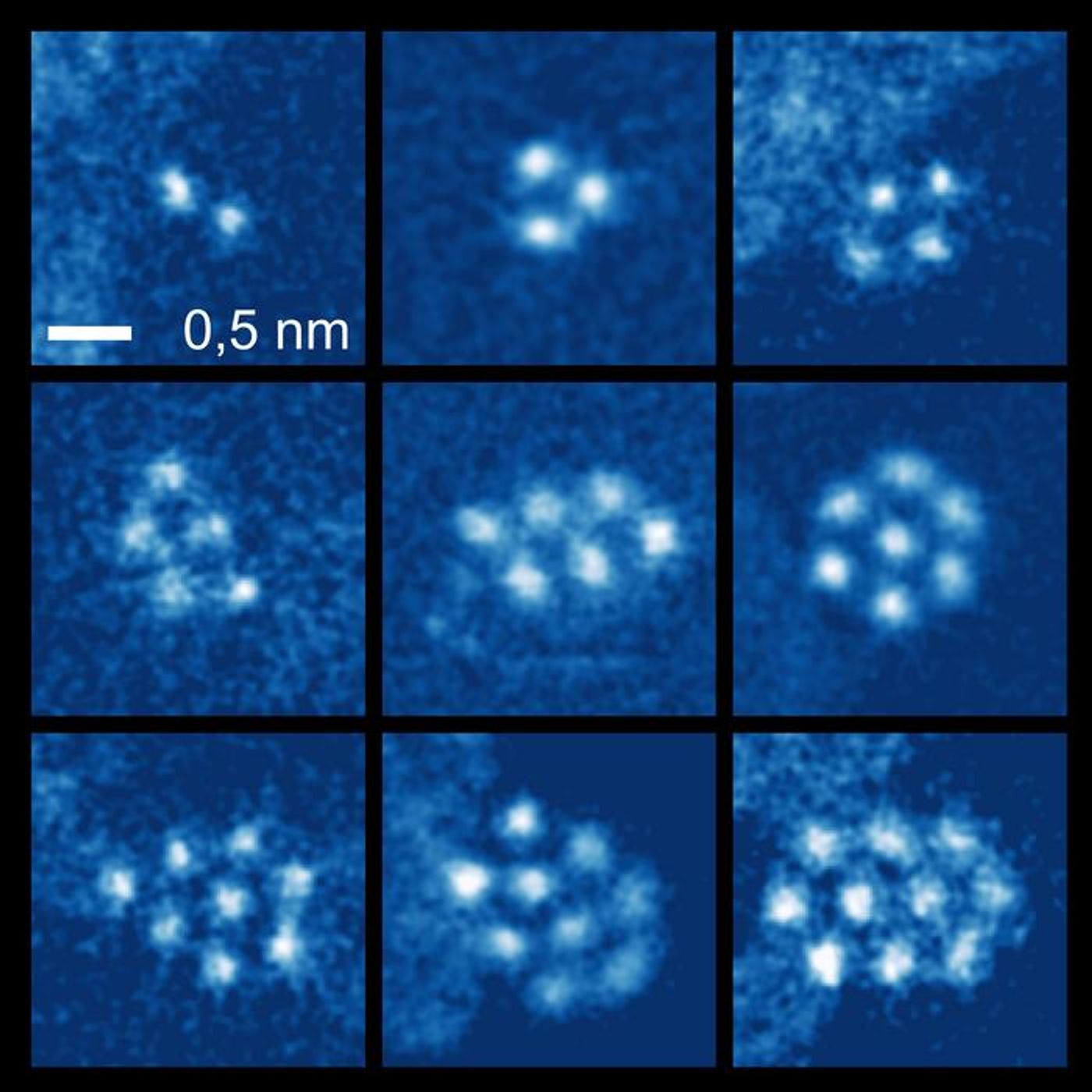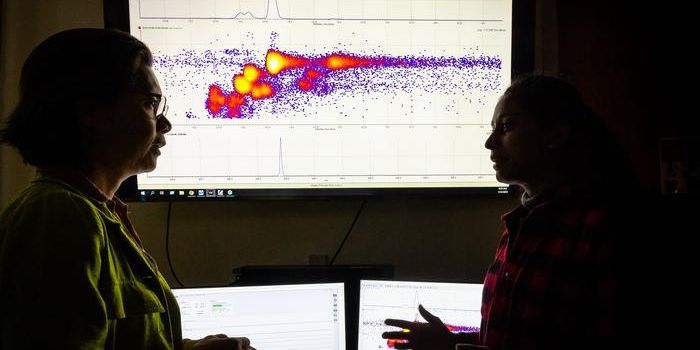Unveiling the Dance of Noble Gas Atoms: Imaging Breakthrough at the University of Vienna
The fields of quantum information technology and condensed-matter physics just achieved a major milestone as a team of researchers led by the University of Vienna successfully imaged stable, small groups of xenon and krypton atoms—which are two types of noble gases—using electron microscopy, with the results published today in Nature Materials. This study holds the potential to enable researchers the ability to stabilize atoms, a practice that has been elusive under ambient temperatures.
Like several scientific discoveries, the researchers stumbled upon this result accidentally while conducting experiments irradiating graphene when they found that irradiated noble gases became trapped between two sheets of graphene, which results in the graphene forming small pockets where the atoms of the gases coalesce into small groups of atoms.
"We used scanning transmission electron microscopy to observe these clusters, and they are really fascinating and a lot of fun to watch,” said Manuel Längle, who is a PhD student at the University of Vienna and lead author of the study. “They rotate, jump, grow and shrink as we image them. Getting the atoms between the layers was the hardest part of the work. Now that we have achieved this, we have a simple system for studying fundamental processes related to material growth and behavior.”
Microscopic image of Xenon nanoclusters between two sheets of graphene ranging between two and ten atoms. (Credit: Manuel Längle)
The researchers note this could open doors for applications in quantum information technology and condensed-matter physics as both fields are driven by matter at the atomic level. While quantum information technology concerns the processing of information at the quantum level, condensed-matter physics concerns the study of matter at the macroscopic and microscopic levels.
What new discoveries will researchers make about atom clusters in the coming years and decades? Only time will tell, and this is why we science!
As always, keep doing science & keep looking up!
Sources: EurekAlert!, Nature Materials, University of Vienna, Wikipedia, Wikipedia (1)









